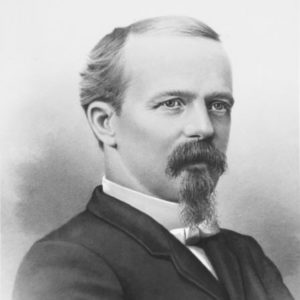 James Southall
James Southall
Race and Ethnicity: White - Starting with S
 James Southall
James Southall
Southall, James Henry
 Southerland Store
Southerland Store
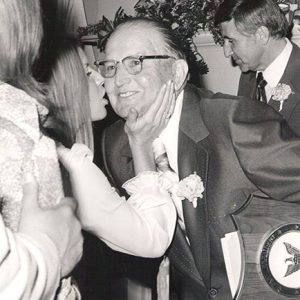 J. K. Southerland
J. K. Southerland
Southerland, Jerome Kee (J. K.)
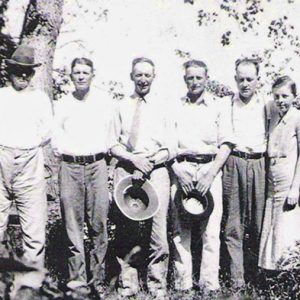 Southerland Family
Southerland Family
 Southerland Dedication
Southerland Dedication
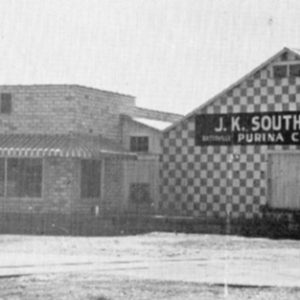 Southerland Stores
Southerland Stores
 Southern Fried
Southern Fried
Southern Manifesto, Arkansas Signatories of the
 Southern Strategy
Southern Strategy
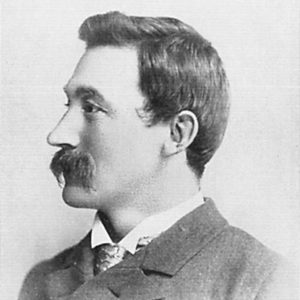 James Soverign
James Soverign
Sovereign, James Richard
Spavinaw, Skirmish at
 Tris Speaker Trading Card
Tris Speaker Trading Card
Speaker, Tristram E.
Speers, J. E. (Execution of)
Spence, Helen
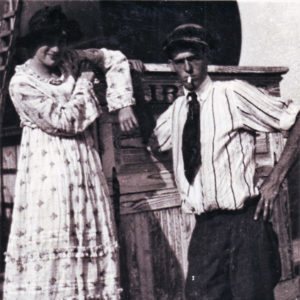 Helen Spence and Buster Eaton
Helen Spence and Buster Eaton
 Cicero and Helen Spence
Cicero and Helen Spence
 J. L. Spence
J. L. Spence
Spencer, George Lloyd
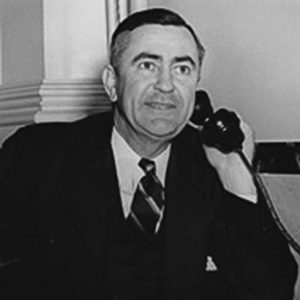 Lloyd Spencer
Lloyd Spencer
Spicer, William Leach
 Spiderwalk
Spiderwalk
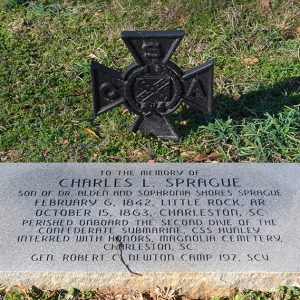 Sprague Memorial
Sprague Memorial
Sprague, Charles Leslie
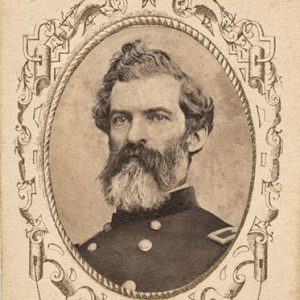 John W. Sprague
John W. Sprague
Sprague, John Wilson
Sprick, Dan Travis
Springer, Andrew (Lynching of)
Springfield, Missouri, into Northern Arkansas, Scout from
aka: Skirmish at Bennett’s Bayou
aka: Skirmish near Buffalo City
Springfield, Missouri, toward Fayetteville, Scout from
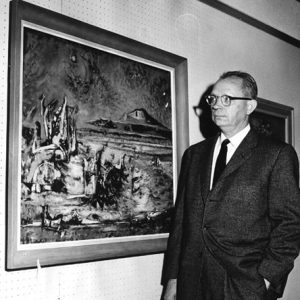 Everett Spruce
Everett Spruce
Spruce, Everett Franklin
 The Spyders
The Spyders
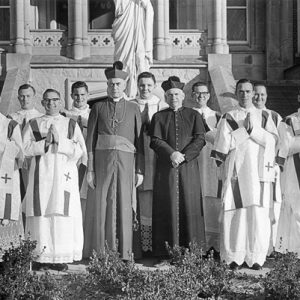 St. John's Deacons
St. John's Deacons
 St. John's Seminary Dorm
St. John's Seminary Dorm
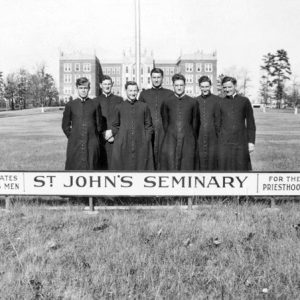 St. John's Seminary Students
St. John's Seminary Students
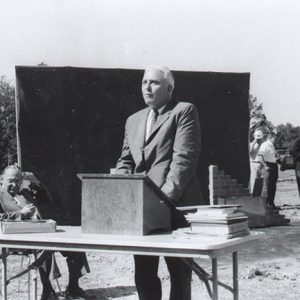 Carey V. Stabler
Carey V. Stabler
Stacy, Thomas
Staggs, Monica
Stallcup, Mary
 Stamp Art
Stamp Art
Staner, Tom (Trial and Execution of)
Stanford, Frank
aka: Francis Gildart Stanford
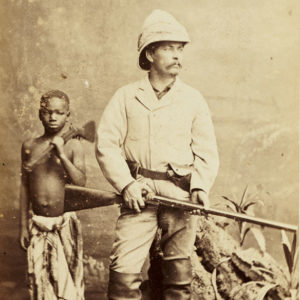 Stanley and Son
Stanley and Son
 Bonnie Jean Stanley
Bonnie Jean Stanley
 Henry Stanley
Henry Stanley




